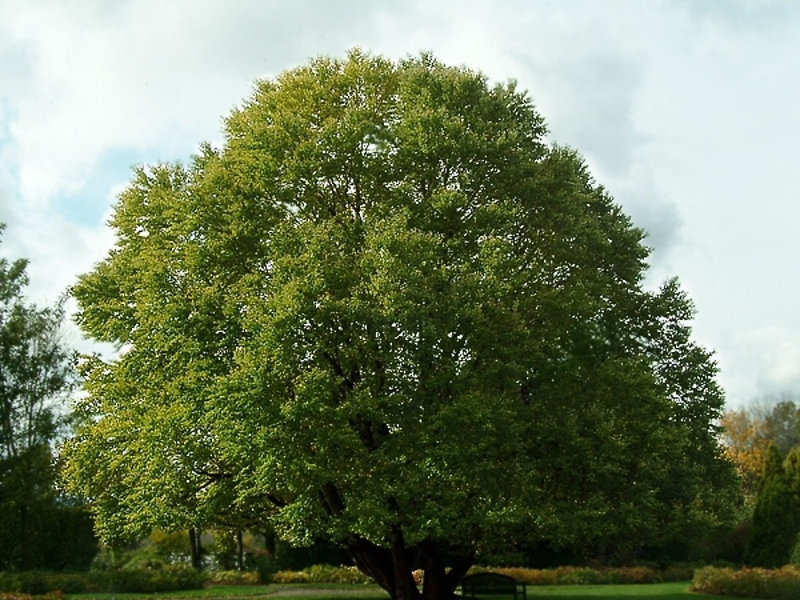All over the world, we acknowledge Earth Day on April 22 to celebrate the great importance of “our” trees. Yes, our trees, because of their place in our environment. According to the official Earth Day organization website, deforestation contributes to species extinction, poverty, and is responsible for up to 15% of the global greenhouse gas emissions causing climate change. Planting trees is one of the easiest and most important ways to fight climate change. But what kind of tree to plant?
This year, and for years to come our focus should be on planting a native or non-native “allergy-friendly” tree. Why allergy-friendly? Because in Canada, the average city tree count is 85% male and 15% female trees, according to the PolleNation report by the internationally known horticulturist Thomas Ogren, author of The Allergy-Fighting Garden.
Mr. Ogren used more than 130 possible factors to develop allergy rankings for plants and created the Ogren Plant Allergy Scale (OPALS®). Almost all plants have a combination of positive and negative factors that were computed to determine its OPALS ranking. A plant is ranked on a scale of 1 (least allergenic) to 10 (most allergenic). For example, a female White Mulberry tree has a 1 OPALS ranking, and a male of the same species a 10, the most allergenic.
This means male clonal, pollen producing, native, allergy/asthma-causing trees are detrimental to the health of children, and those living within high concentration areas of pollen producing plants.
Although female species may be messier with dropped seeds, seed pods, and fruit, they don’t produce pollen like the male species. The pollen produced by male clones is not always easy to see. Pollen grains vary in size and can be round, oval, disc or bean-shaped and sometimes filamentous (fine or a very thin thread or fibre). Smaller pollen can be easier inhaled and settle deeper in the lungs. It can also travel greater distances in the wind. When I mentioned that pollen isn’t easy to detect, that’s because we are so used to seeing yellow pollen grains, when in fact, pollen can also be white, grey, green, brown, red, and even purple.
Each year, approximately 250 people die of asthma in Canada, according to the Asthma Society of Canada. There are more than three million Canadians living with asthma. About 1 in 12 Americans (about 25 million) have asthma according to the Centres for Disease Control and Prevention. These numbers will continue to climb if we don’t take action and assess our current planting practices. Remember, the greater the exposure to pollen, the greater the incidence of pollen triggered allergy/asthma.
I can’t stress enough that balance of male versus female plants in our landscapes is the solution.
Gradually garden centers are embracing OPALS, and shortly you may start seeing OPALS identification tags appear with each plant you purchase. If you can purchase a plant that has an actual OPALS ranking (1 to 10) identification tag on it, then that is something you can trust. The Veterans Gardening Guide is also a valuable resource to have in your library as I’ve included OPALS ranking on plants to assist in your plant selections.
The recommendation of planting female trees over male trees, will not “cure” all pollen-allergies or asthma, but taking this important step could reduce many of the seasonal triggers and help reduce symptoms to make drug therapies more effective.
Should we continue on this road of “health destruction” or return to the 50% male and 50% female tree composition, according to records of 1985? You can do your part by planning your gardens accordingly. Help make this decision a part of your legacy.
